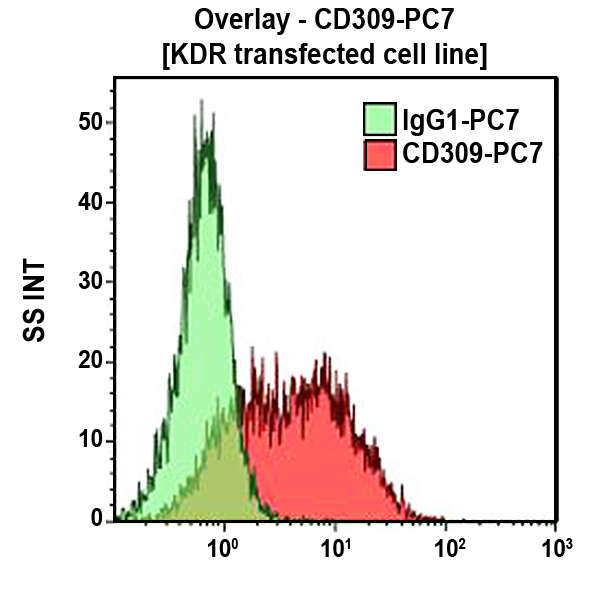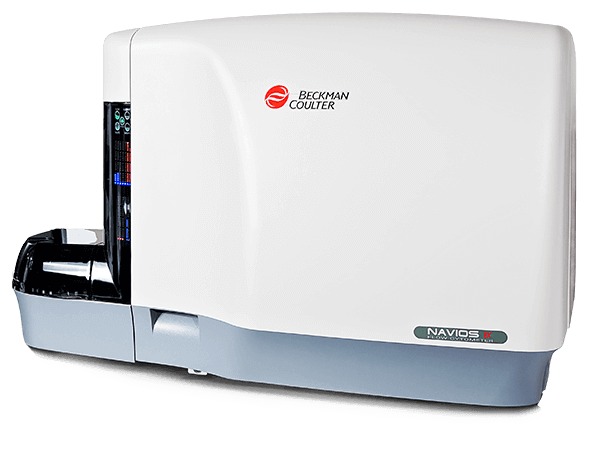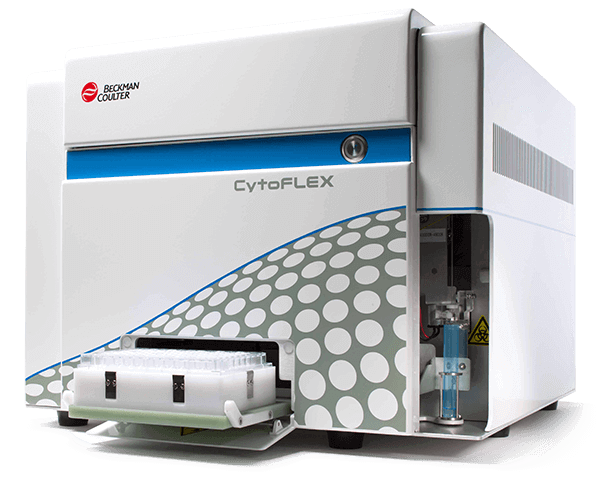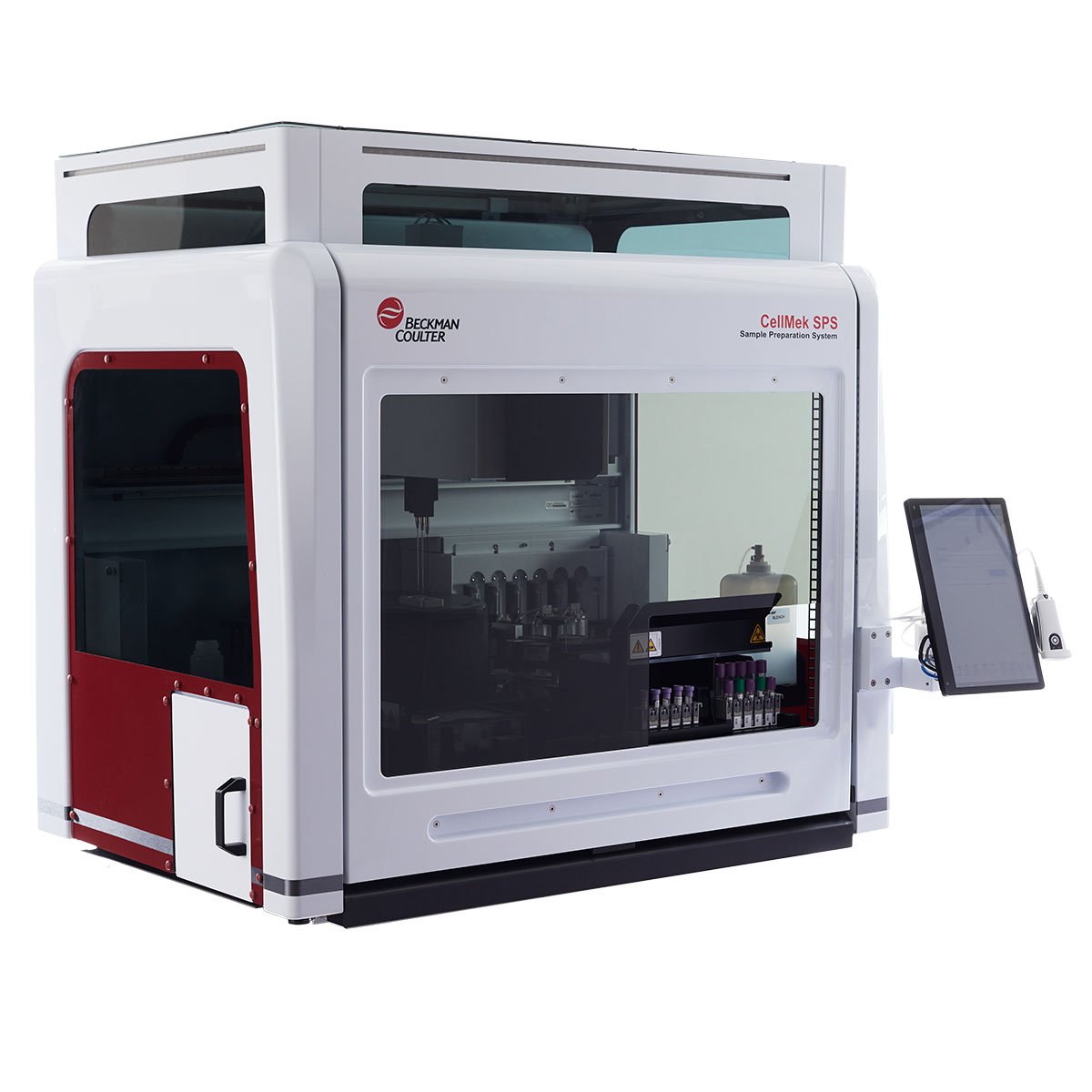CD309 (KDR) Antibodies
CD309 antigen, also called KDR (Kinase insert domain receptor), or flk-1 (Fetal liver kinase 1) belongs to the VEGF (vascular endothelial growth factor) receptor family. It is known as the VEGFR-2 and is one of the three cell signaling tyrosine-kinase receptors of the VEGF family [VEGFR-1 (flt-1), VEGFR- 2 (KDR/flk-1), VEGFR-3 (flt-4)] and plays a key role in vascular development and regulation of vascular permeability. These receptors are transmembrane proteins that contain seven immunoglobulin-like domains in their extracellular part and two tyrosine kinase domain in their intracellular part. The KDR gene maps to the chromosome 4q11-q12. CD309 is the receptor for VEGF but it also binds VEGF-C, VEGF-D, and VEGF-E. Through the binding to CD309, which is expressed almost in endothelial cells, VEGF induces endothelial cell proliferation, and promotes cell migration. CD309 is expressed during early stages of embryogenesis. It has also been shown that VEGF can induce, in vivo, angiogenesis as well as permeabilization of blood vessels, and plays a central role in the regulation of vasculogenesis. It is expressed on CD34 positive cells defining a CD34+ CD309+ common precursor for both hematopoietic cells and endothelial cells called hemoangioblast.
| Clone: KDR-1 | Isotype: IgG1 Mouse |






